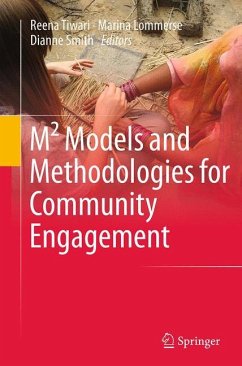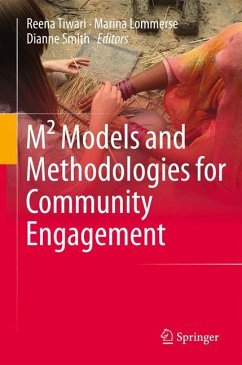
Handbook of Japan-United States Environment-Behavior Research
Toward a Transactional Approach
Herausgegeben: Demick, Jack; Takahashi, T.; Wapner, Seymour; Yamamoto, C. Takiji

PAYBACK Punkte
57 °P sammeln!
This volume is an outgrowth of research on the relations between human beings and their environments, which has developed internationally. This development is evident in environment-behavior research studies conducted in countries other than the United States. See Stokols and Altman (1987) for examples of such work in Australia, Japan, France, Germany, the Netherlands, Sweden, the United King dom, the former Soviet Union, and Latin and North America. The international development of this research area is also evident in the establishment of profes sional organizations in different countries su...
This volume is an outgrowth of research on the relations between human beings and their environments, which has developed internationally. This development is evident in environment-behavior research studies conducted in countries other than the United States. See Stokols and Altman (1987) for examples of such work in Australia, Japan, France, Germany, the Netherlands, Sweden, the United King dom, the former Soviet Union, and Latin and North America. The international development of this research area is also evident in the establishment of profes sional organizations in different countries such as the Environment-Behavior De sign Research Association (EDRA) in the United States, the Man-Environment Research Association (MERA) in Japan, the International Association for People-En vironment Studies (lAPS) in Great Britain, and the People and Physical Environ ment Research Association (PAPER) in Australia. This volume focuses on environment-behavior research within Japan and the United States as well as cross-cultural studies involving both countries. As we note in detail in Chapter 1, the conference on which the work presented herein is based was preceded by three Japan-United States conferences on environment-behavior research, the first of which took place in Tokyo in 1980. As currently conceived, the present volume stands alone as a compendium of a Significant proportion of cross-cultural research on environment-behavior relations in Japan and the United States that has been developing over the last 15 years. As such, we envision the volume as a basic interdisciplinary reference for anthropolgists, archi tects, psychologists, SOCiologists, urban planners, and environmental geographers.












